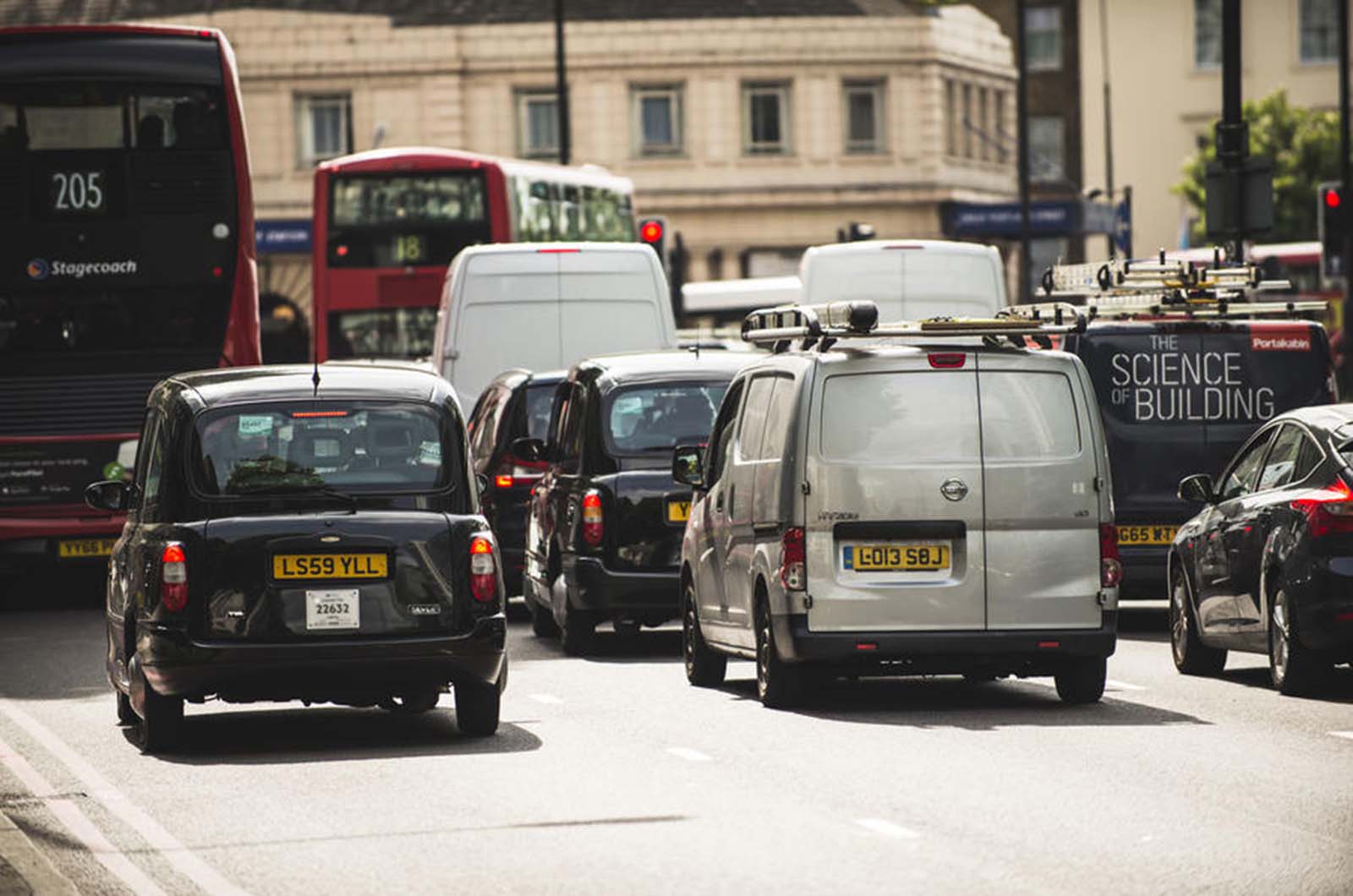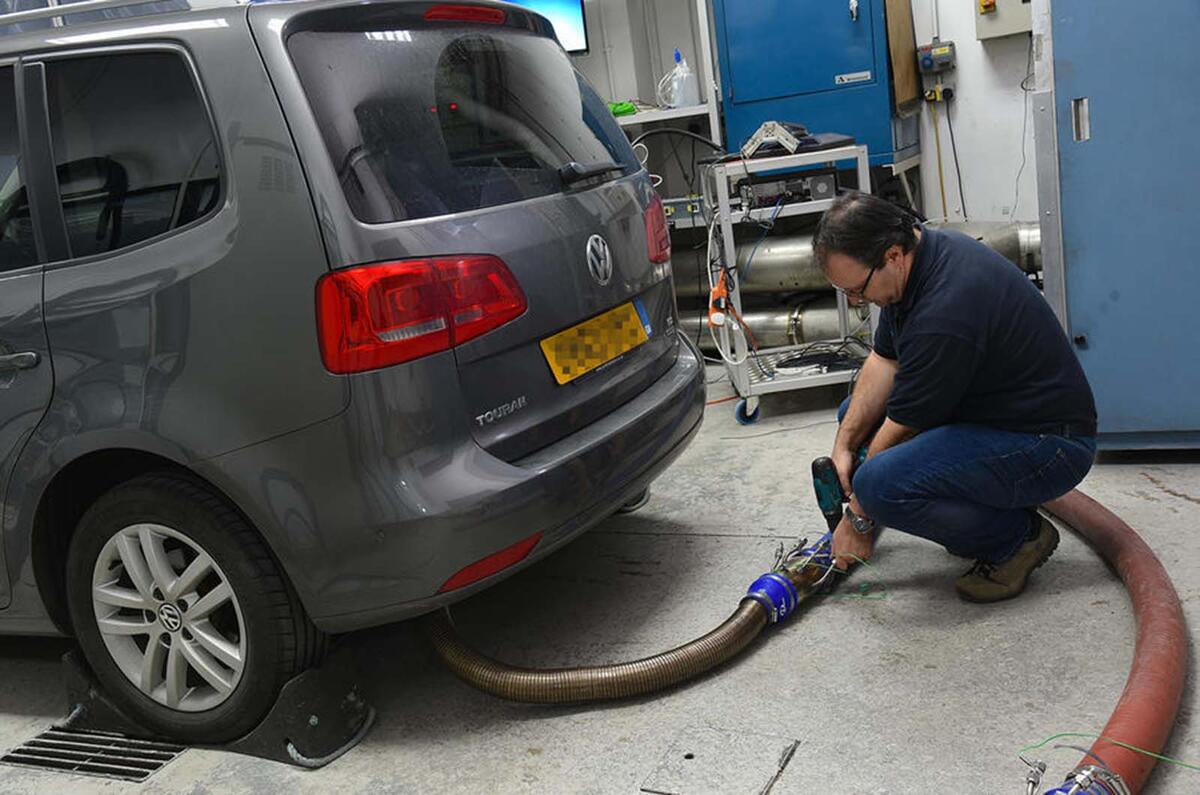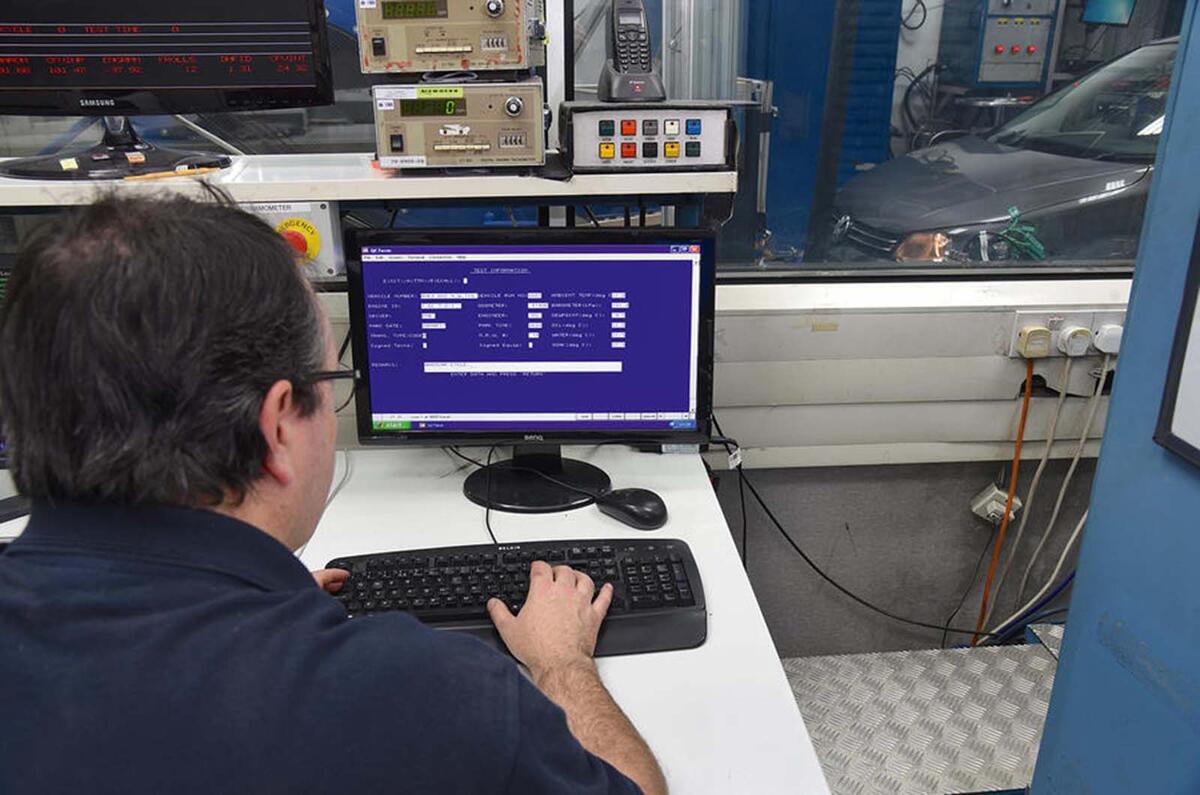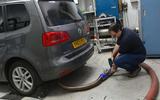On 1 September, two new European tests will come into force, which should result in official fuel consumption and emissions figures being far closer to reality than they are today.
The tests, WLTP (Worldwide Harmonised Light Vehicles Test Procedure) and RDE (Real Driving Emissions), will complement each other and replace the NEDC (New European Driving Cycle) designed in the 1980s and introduced in 1996.
Like the NEDC, the WLTP is a laboratory-based procedure, but the speeds and types of driving during the test cycle far more closely resemble how a car is driven in the real world compared with its predecessor. The advantage of laboratory-based tests is that they are carried out in controlled conditions and the results should be identical between one test and another regardless of the location. The disadvantage - and one that the European Union admits will still apply to WLTP - is that it can never exactly emulate what drivers may be doing with a car in any part of Europe or, in this case, the world.

To counter that, the complementary RDE test is being introduced at the same time. As the name suggests, this test is not laboratory-based. Although the procedure sets the types of roads and topography, it can be performed on any roads anywhere in the world. It is this aspect of the new test that poses the toughest challenge for manufacturers developing cars today.
How does WLTP work and how does it differ from NEDC?
Both take place in controlled conditions to provide repeatable results. The key differences are that WLTP will test cars with and without optional equipment offered to customers to give the best and worst case scenarios, will include higher speeds than NEDC, will look at harder acceleration and deceleration, and has a tougher set-up process for vehicles ahead of the test.
NEDC is based on a theoretical driving profile and consists of two drive cycles, urban and extra urban. The combined figures normally quoted are calculated from those two. WLTP will comprise several test cycles (Worldwide Harmonised Light Vehicles Test Cycles - WLTC), each one designed to suit a particular category of cars based on factors such as power-to-weight ratio and maximum speed. There’s also a series of test cycles for hybrid and electric vehicles and, overall, the regime is far more detailed and sophisticated than before.

WLTP test cycles are based on real-world driving data collected worldwide. The new cycles are split into four parts, based on low, medium, high and extra high average speeds. Each speed range will comprise a variety of phases, including stops, acceleration and braking. The test cycles are longer at 30 minutes instead of 20 minutes and the highest speed is now 81.4mph rather than 75mph. Where NEDC relied on fixed gearshift points, WLTP specifies different shift points for each vehicle.
NEDC fails to take into account options such as larger wheels or any items that increase the standard kerb weight. Neither does it account for what is now common standard equipment such as heated seats, air conditioning, four-wheel drive and heated windows. WLTP takes all of those factors into consideration.
Where does the Real Driving Emissions test figure in all this?
However improved WLTP is, it is still a laboratory test and cannot take into account whether an individual driver’s style is aggressive or sedate, the traffic conditions, weather conditions, gradients or load on the car. All of these things have an effect on fuel consumption and NOx emissions. The RDE test is carried out by fitting Portable Emissions Measuring (PEMS) equipment to the car to record exhaust emissions at the tailpipe.
The test takes place on a route that ticks the same boxes whatever the location, including high speed on motorways, low speed in urban conditions, medium speed on rural roads, low and high altitudes, driving up and down hills, increased payloads in the car and different climatic conditions covering year-round temperature and humidity. The results will be used in conjunction with the laboratory-controlled WLTP tests to calculate the final figures for each car.
How will the new tests be introduced?
RDE will apply to cars being Type Approved for the first time from 1 September, then all new registrations from September 2019. WLTP also affects new types of cars from 1 September but, from a buyer’s perspective, is likely to make things more complicated. Cars approved before that date will continue to use official CO2 values measured under NEDC only. WLTP CO2 figures will almost certainly be worse than the NEDC equivalent, so both sets of official figures will be given for cars certified after 1 September. From September 2018, cars will only be given WLTP CO2 values and that’s when comparisons could become more difficult, although manufacturers may publish unofficial NEDC figures in their own literature in an attempt to clear up any confusion.
Will the new tests make things better?
RDE tests will be subject to a 'conformity factor' - essentially 'wiggle room' allowing a margin of error on results to take into account the fact that, at present, the performance of PEMS equipment isn’t consistent. One expert we spoke to partly puts this down to the effect of installing sensitive equipment originally designed for use in laboratories in the back of a car. This will allow emissions levels to be exceeded by 110% (2.1 times) for new types of car from 1 September 1. That figure will be reduced to 50% from September 2019 and apply to all cars. So, for example, this means a diesel, which should meet an NOx target of 80g/km, could be allowed up to 168g/km in an RDE test until September 2019.
Although that seems lax, these are ‘not to exceed’ figures and, in reality, the average test results are expected to fall well below today’s NEDC. Because manufacturers have no control over the location and conditions that a given RDE test will be carried out in, they will have to ensure that NOx levels fall well below the allowed limits to be certain of passing the test. The good news is that, from now on, the spectre of NOx in particular should vanish from the roads as real-world tailpipe emissions in new cars plummet. It also means that official fuel consumption figures should be far more representative of what we can expect when we take a car home from the showroom.
Related stories:









Join the debate
Add your comment
@LP in Brighton
@fadyady - that's OK then!
If what you say is true (I didn't spot it in the article), it means that manufacturers are officially allowed to cheat. But how absurd is it that manufacturers must subject their cars to two completely different fuel consumption / CO2 test, plus anticipate a third test (the RDE one) which is improperly defined and which will have different results in different markets. I think the authorities are just as bad as the car manufacturers for not setting clear standards and policing them properly. Continuing to allow manufacturers to perform most of the tests (in theory with supervision) is I think fundamentally flawed.
Backhand deal
As Germany is a democratic
As Germany is a democratic country, why wouldn't its chancellor try to take care of a major industry that employs a big proportion of its population? If she didn't, she would not really representing their interests, would she? If we don't like German cars for whatever reason (protectionism, cheating in tests, expensive for what they are, lack of style) we don't have to buy them.